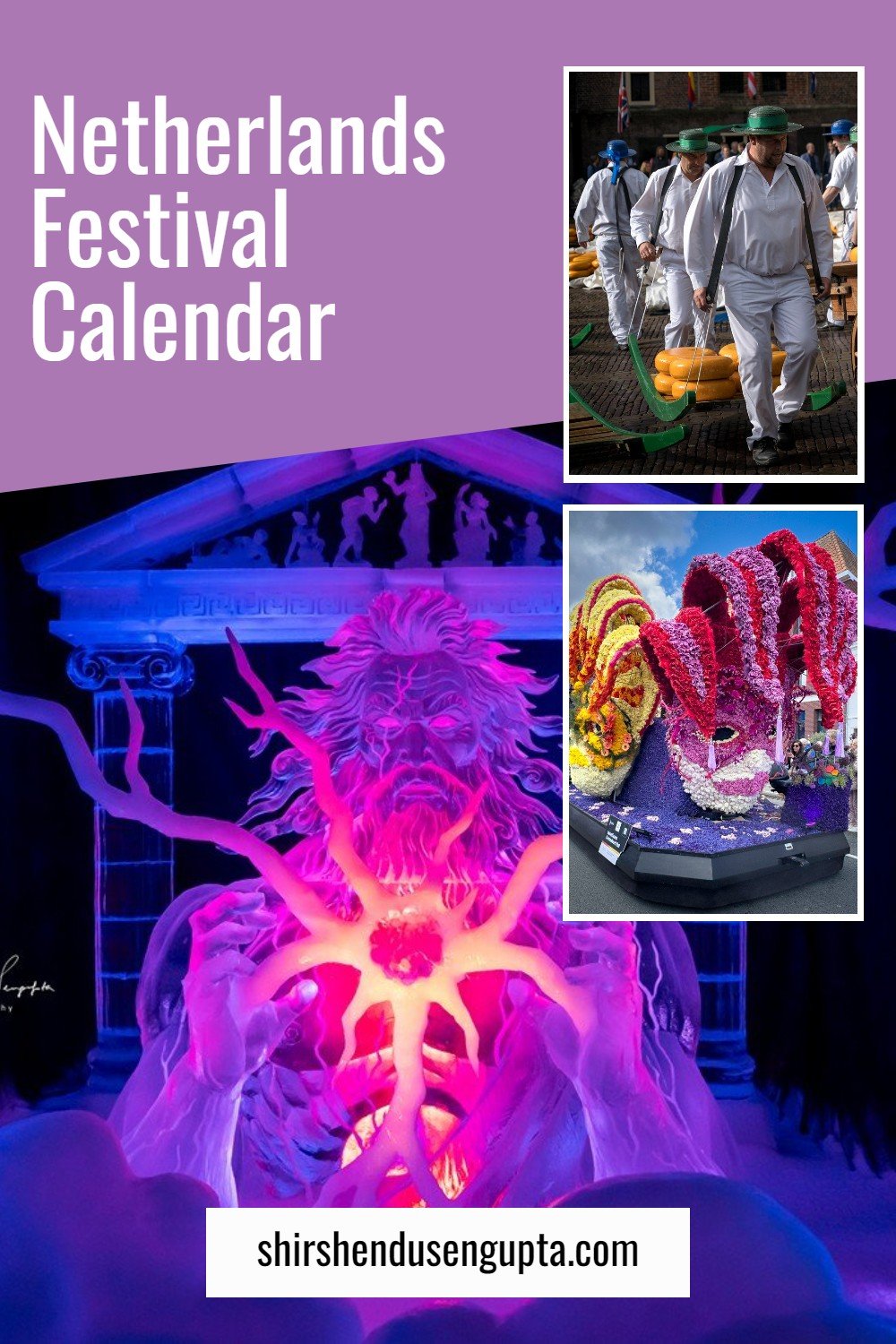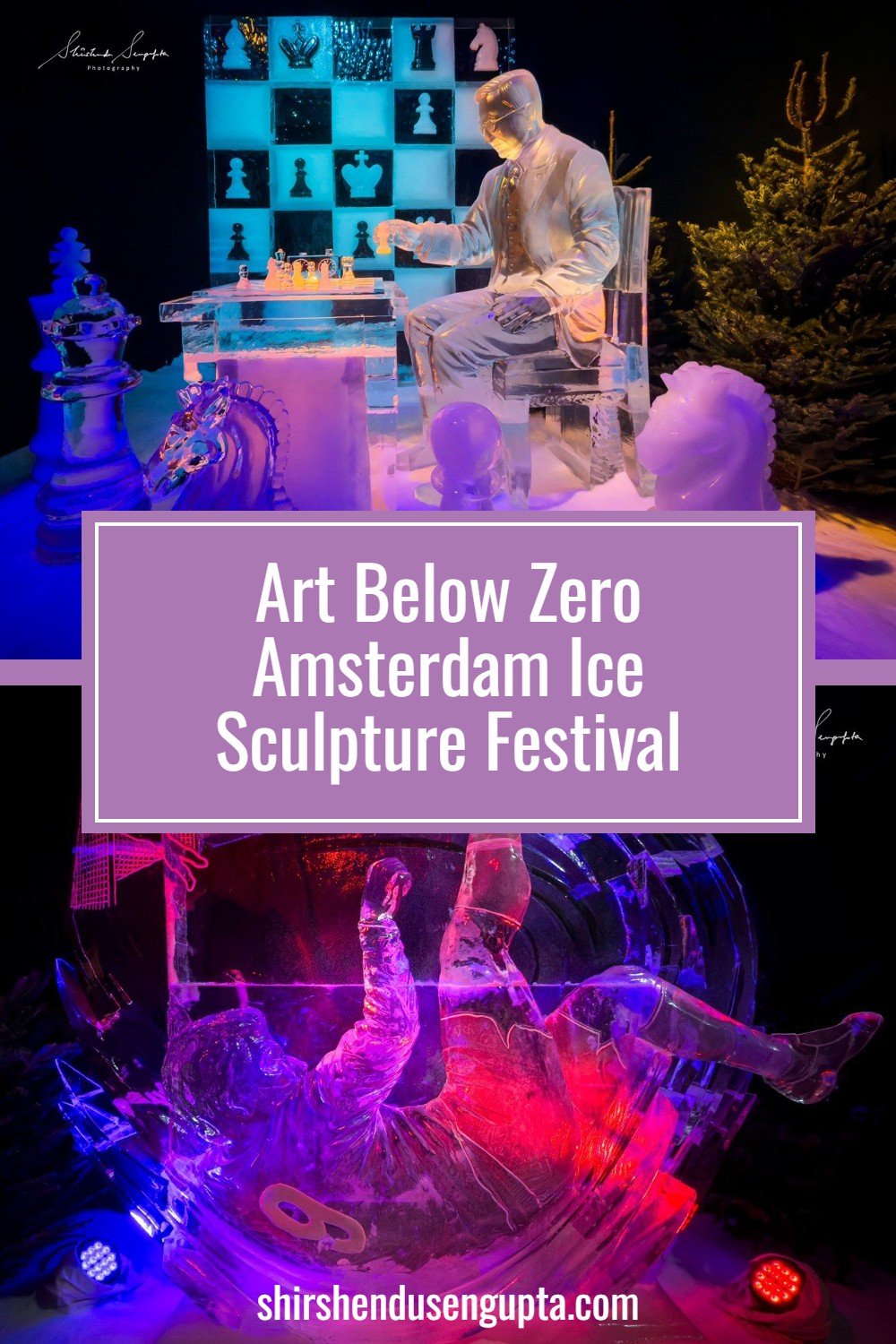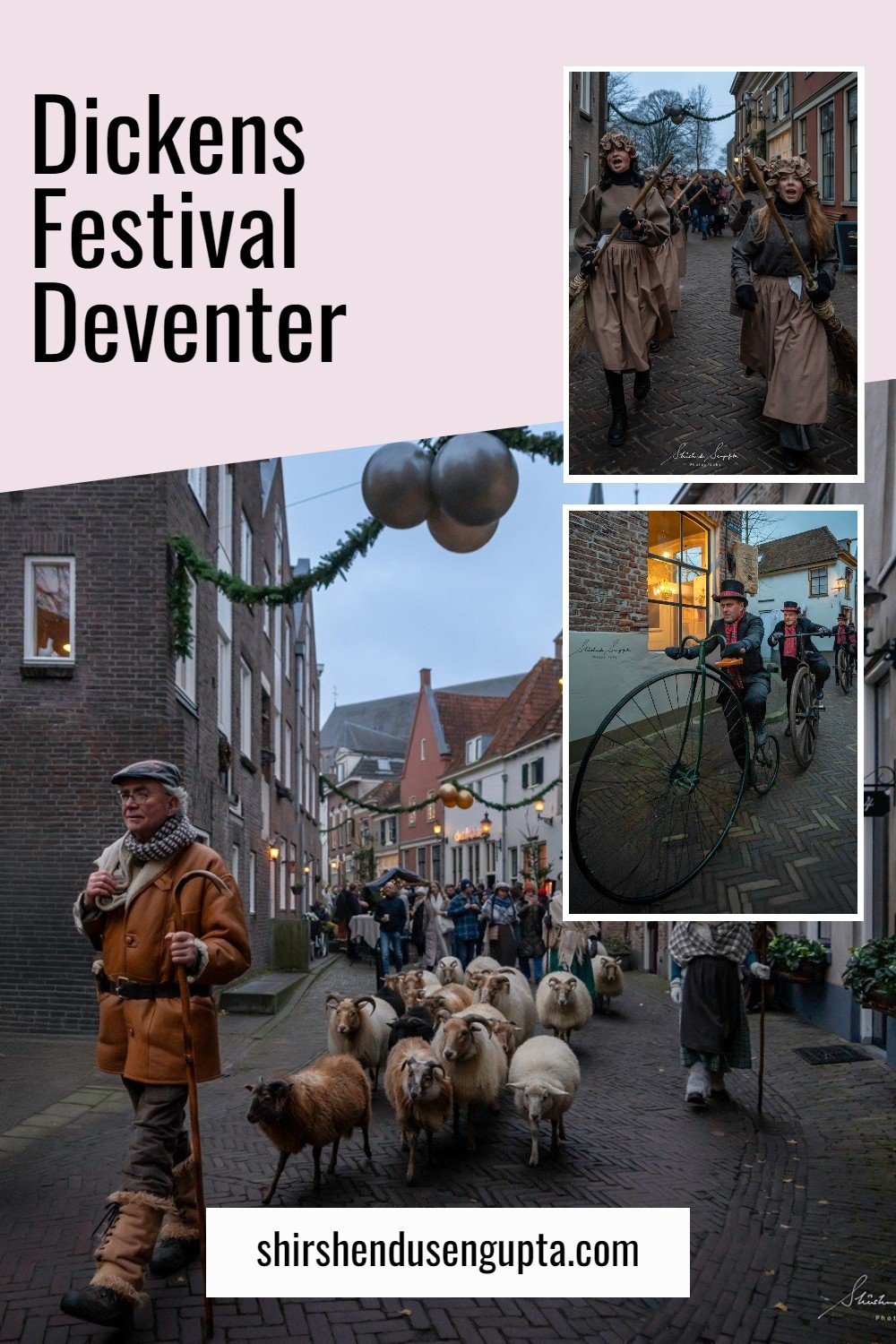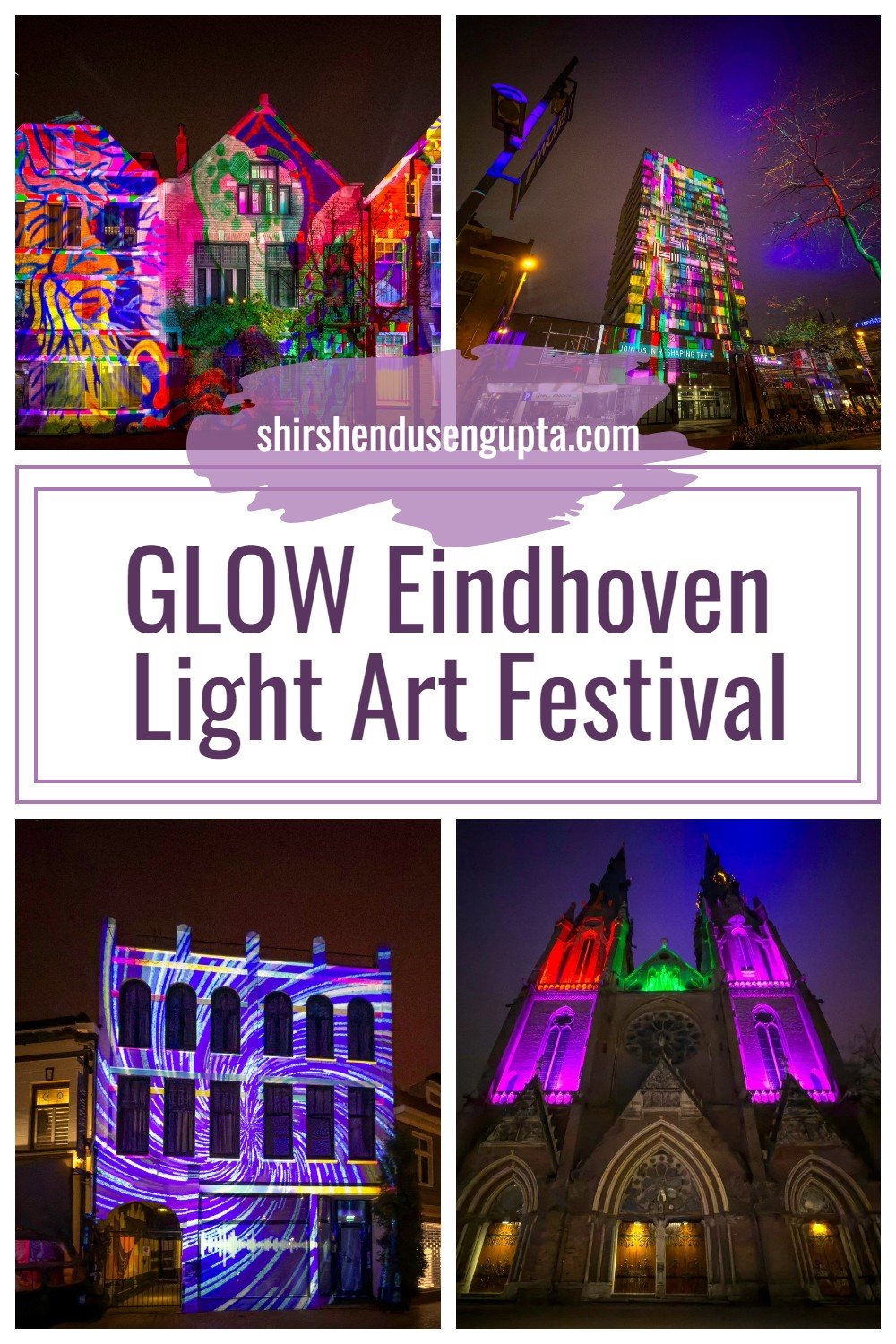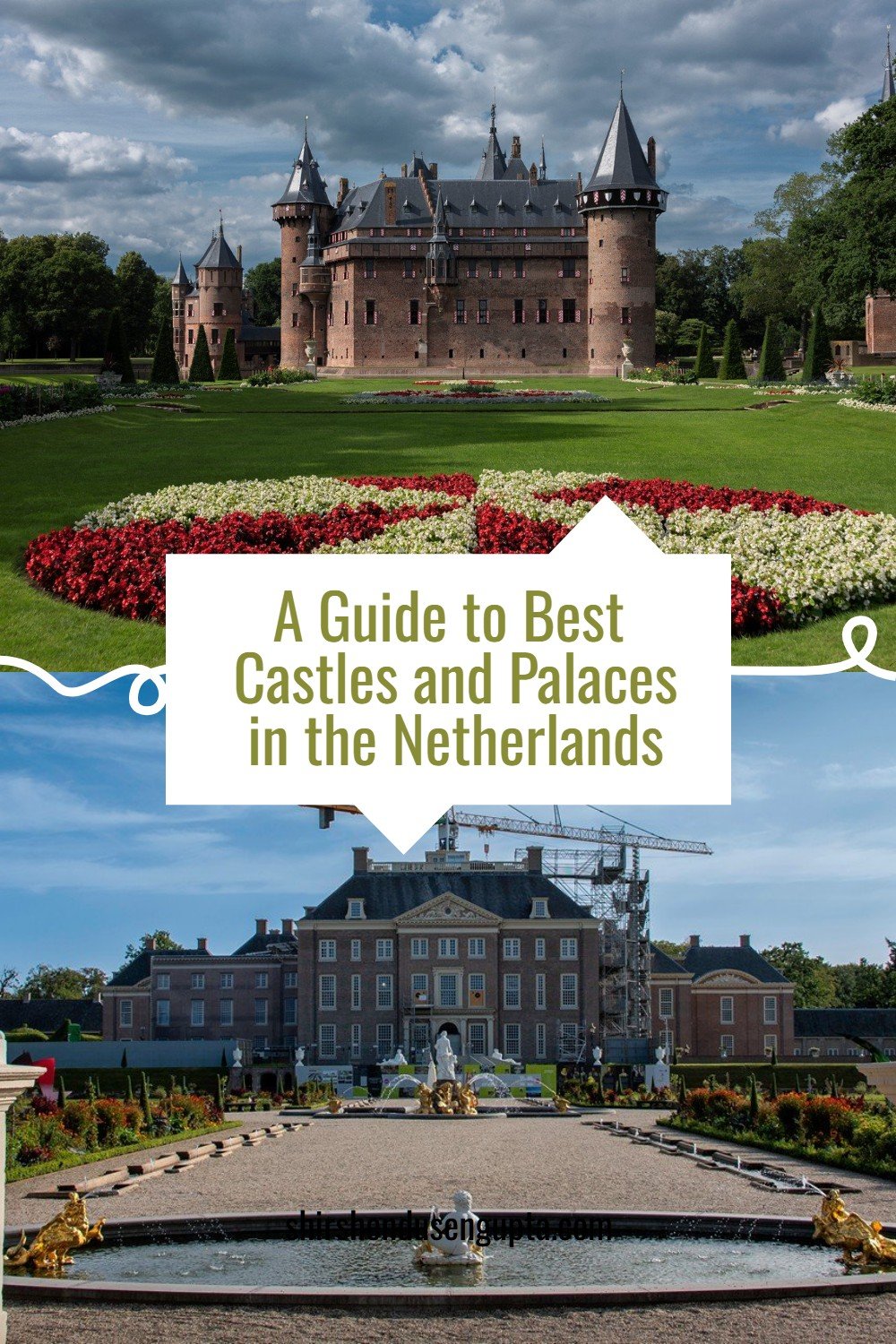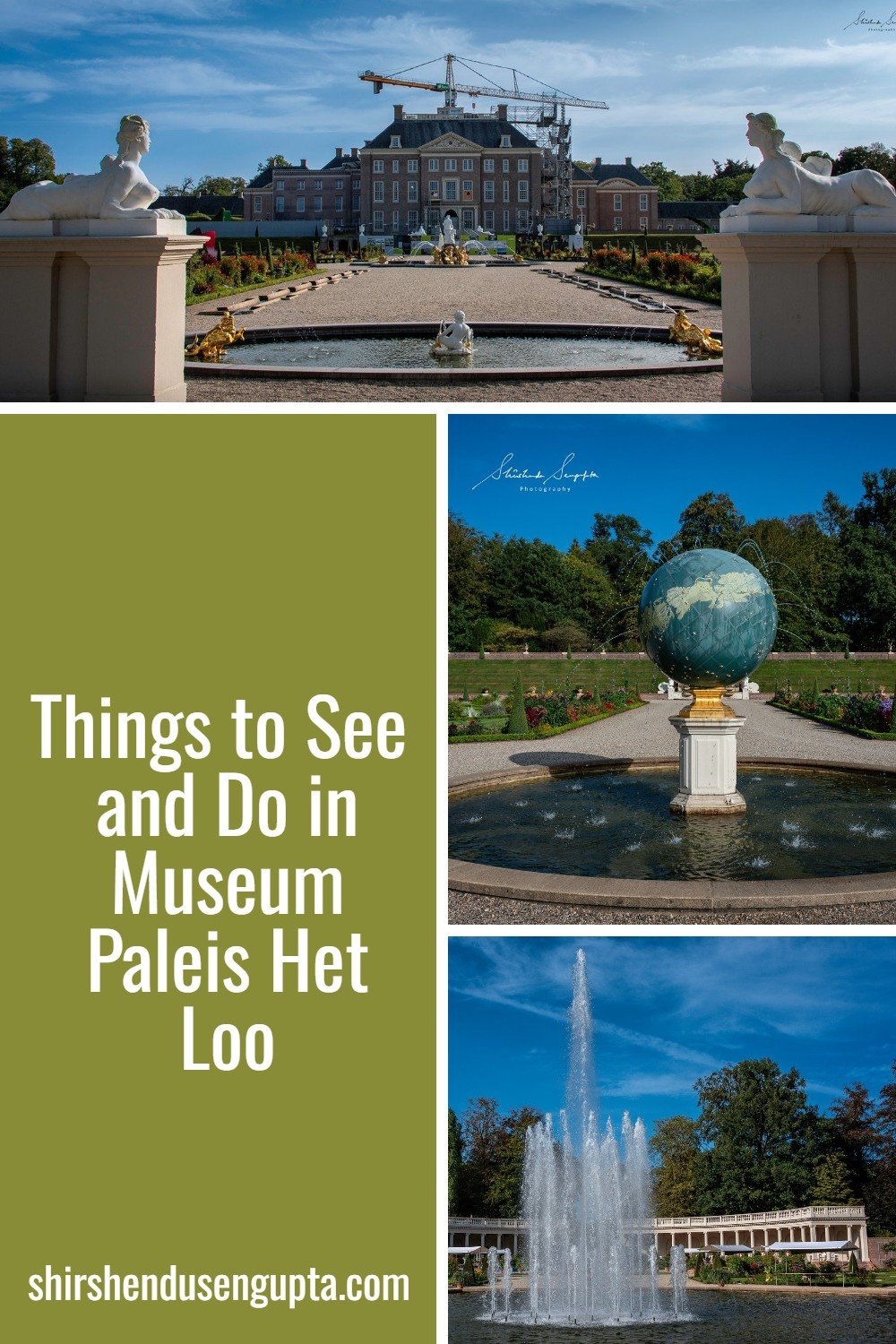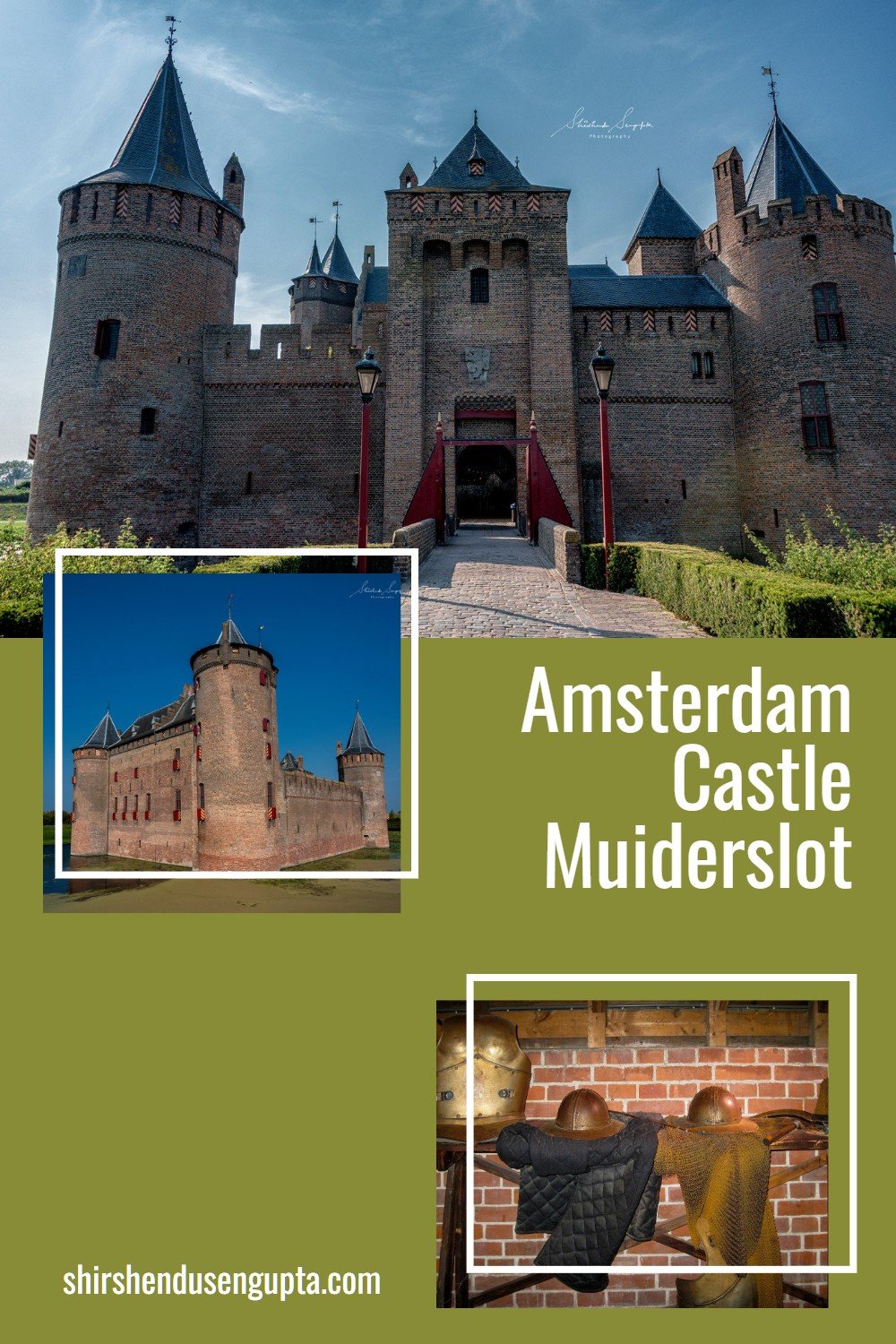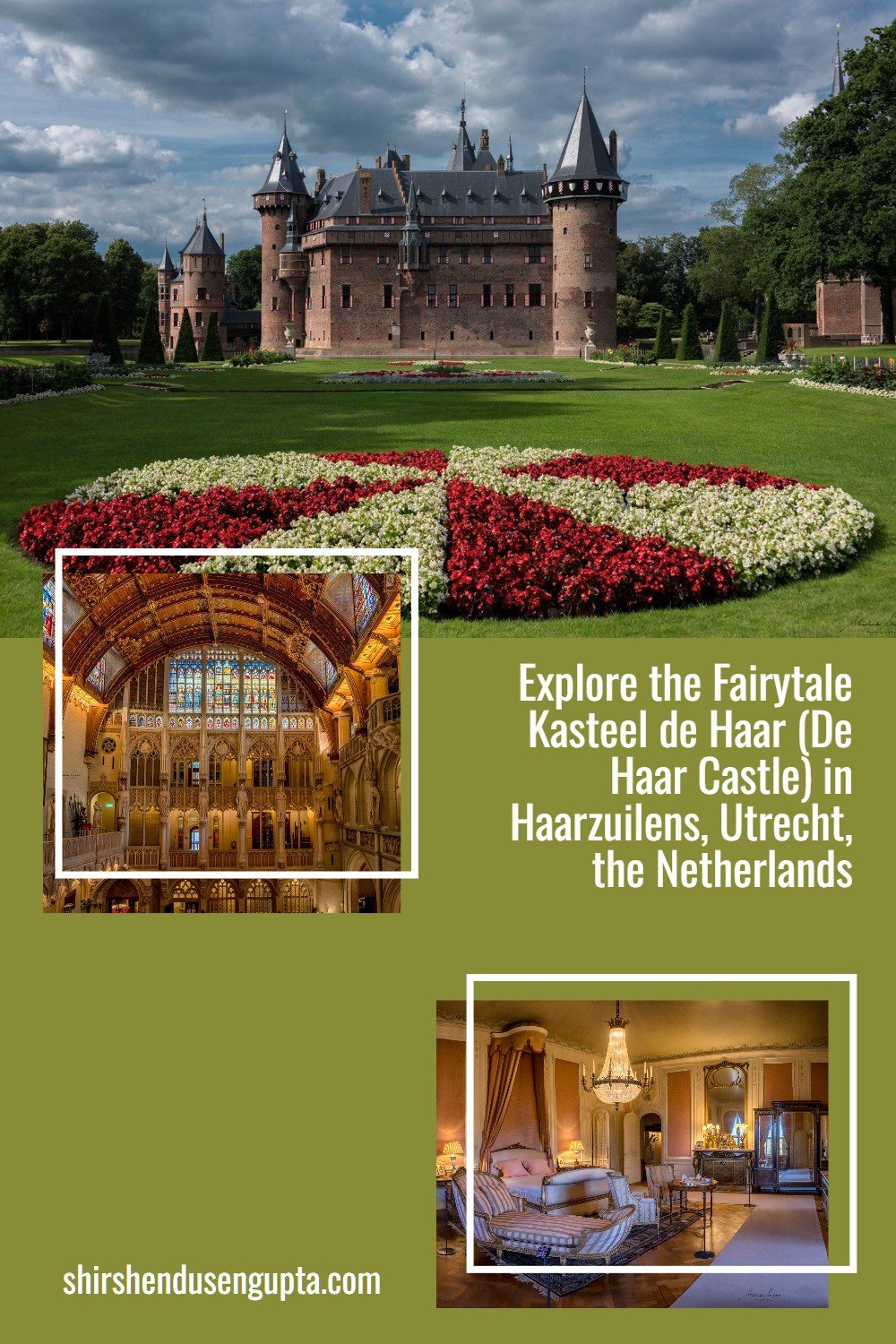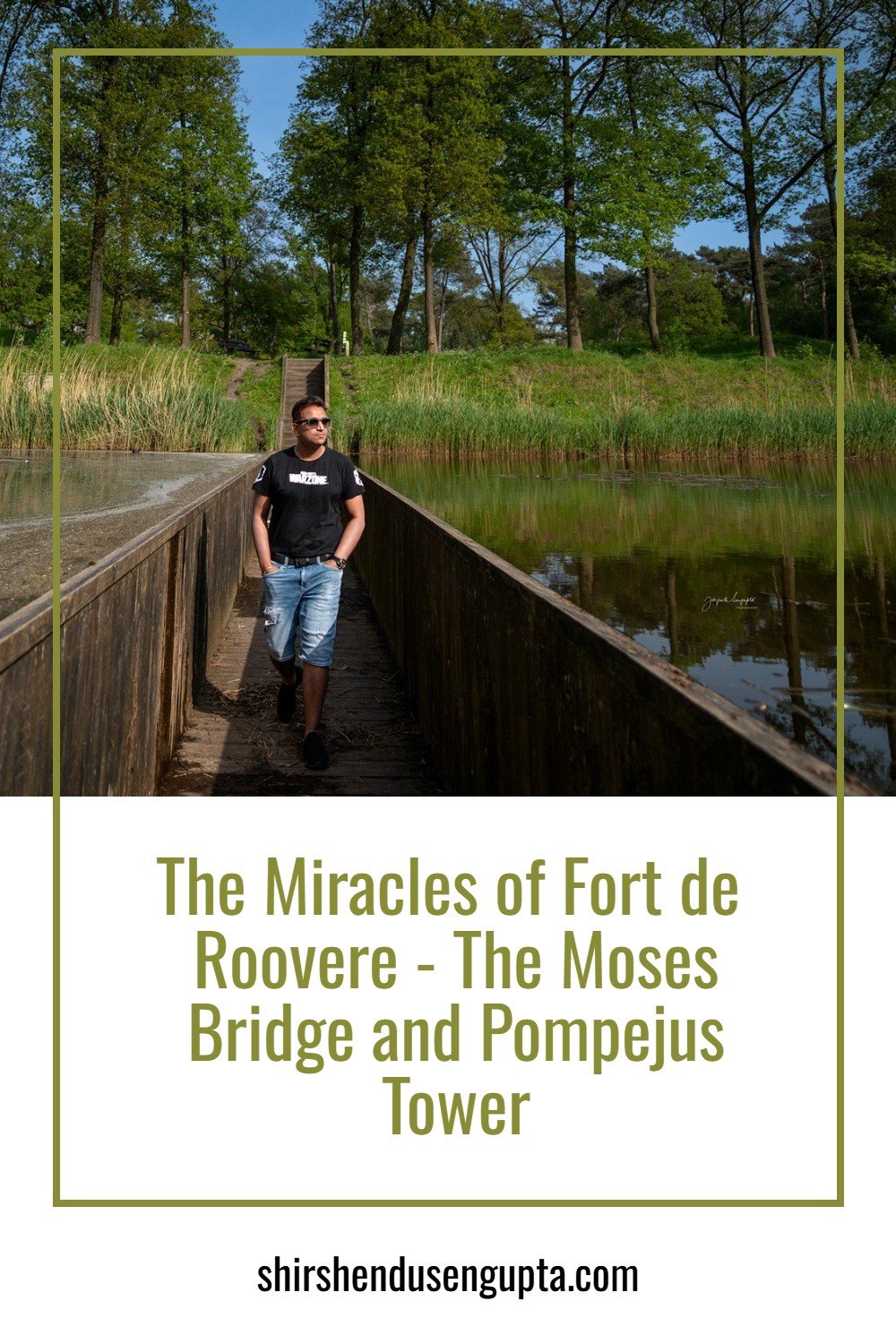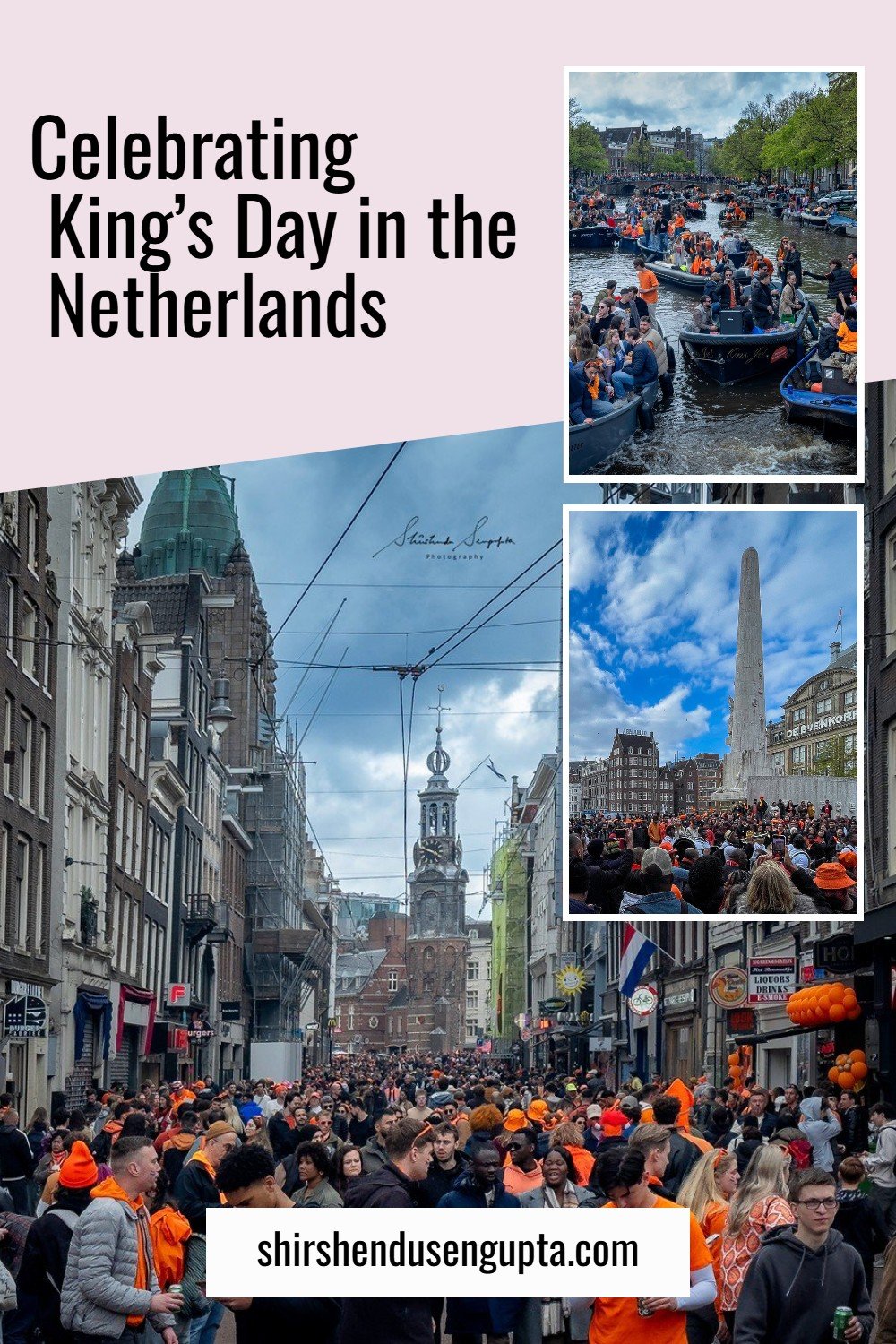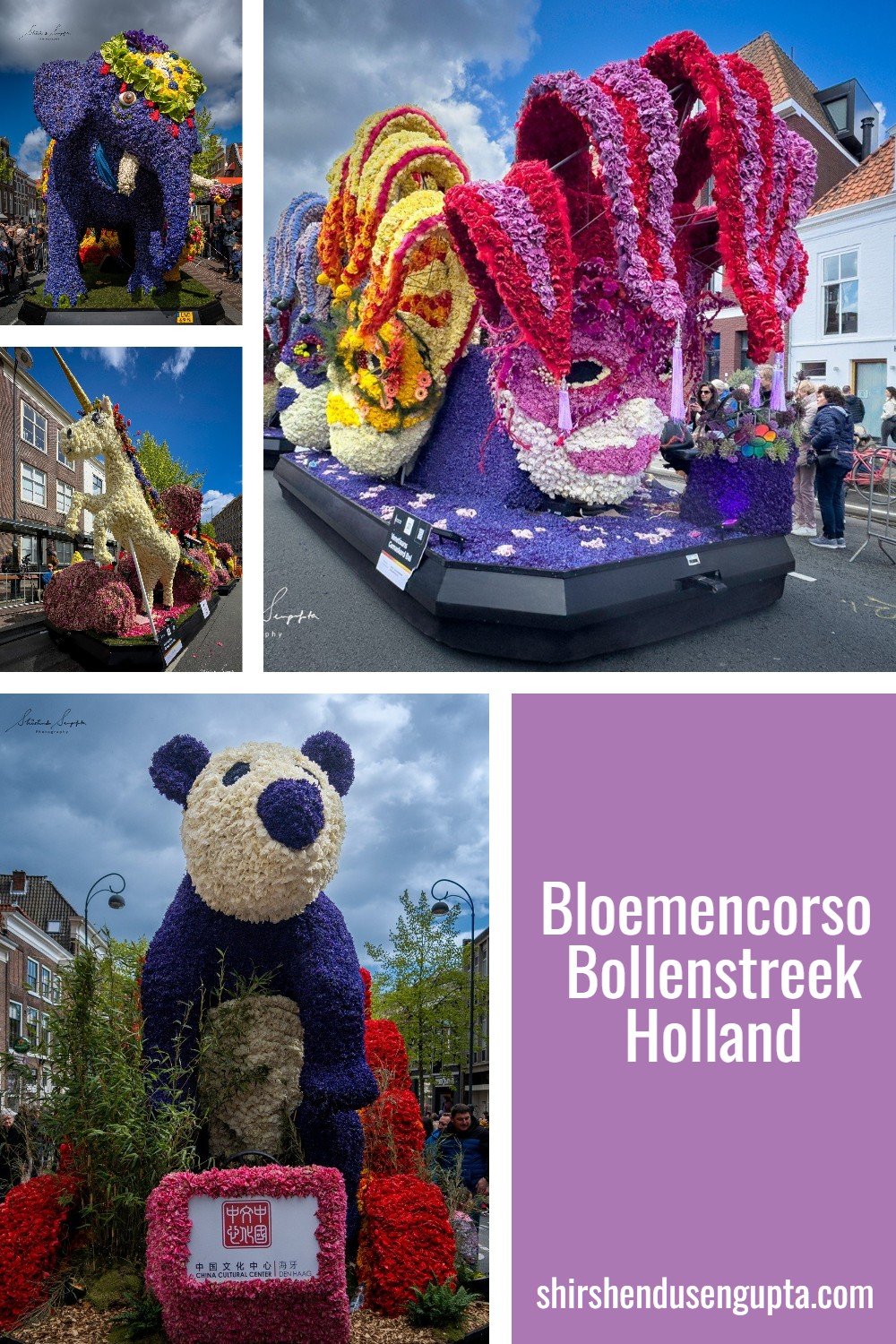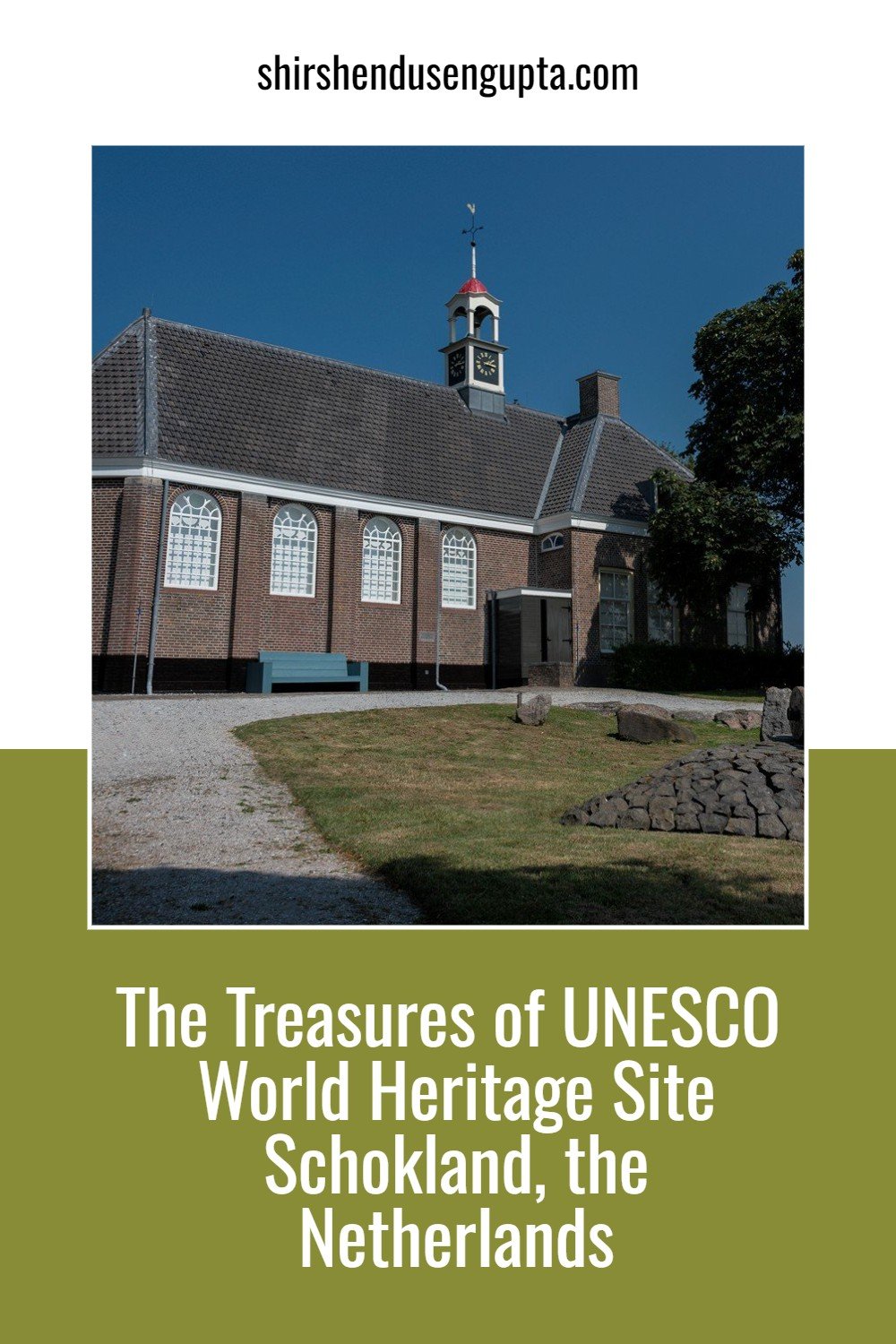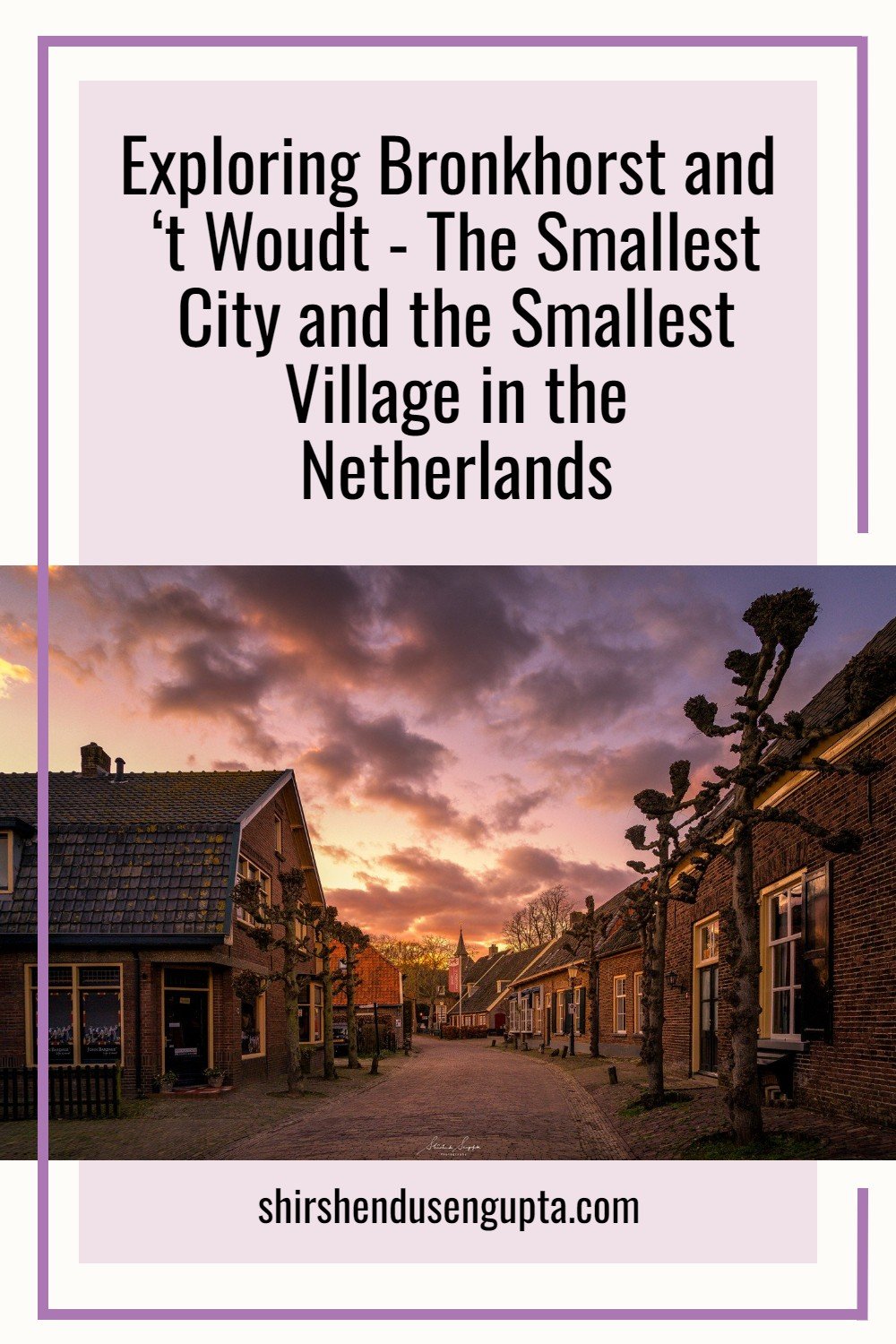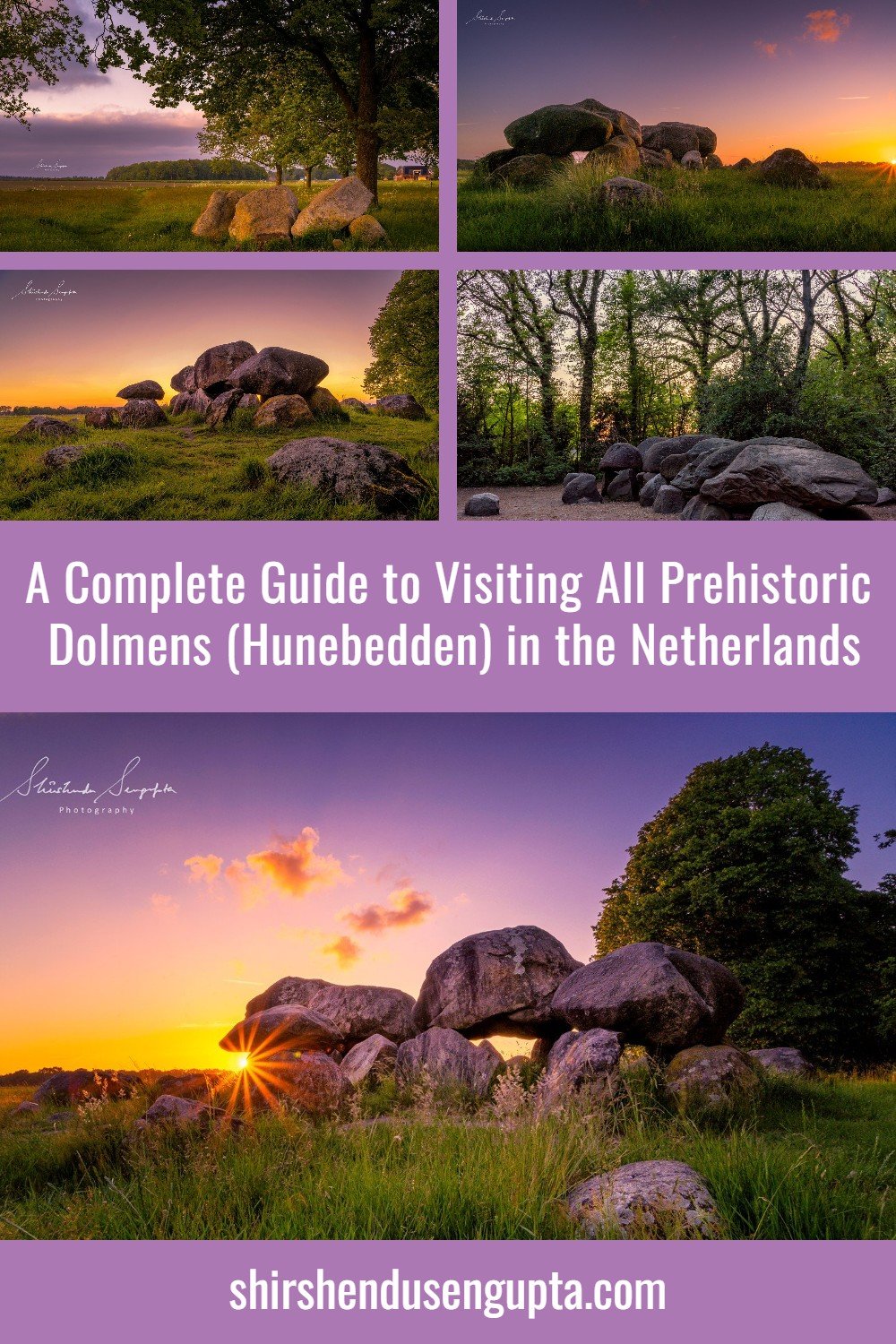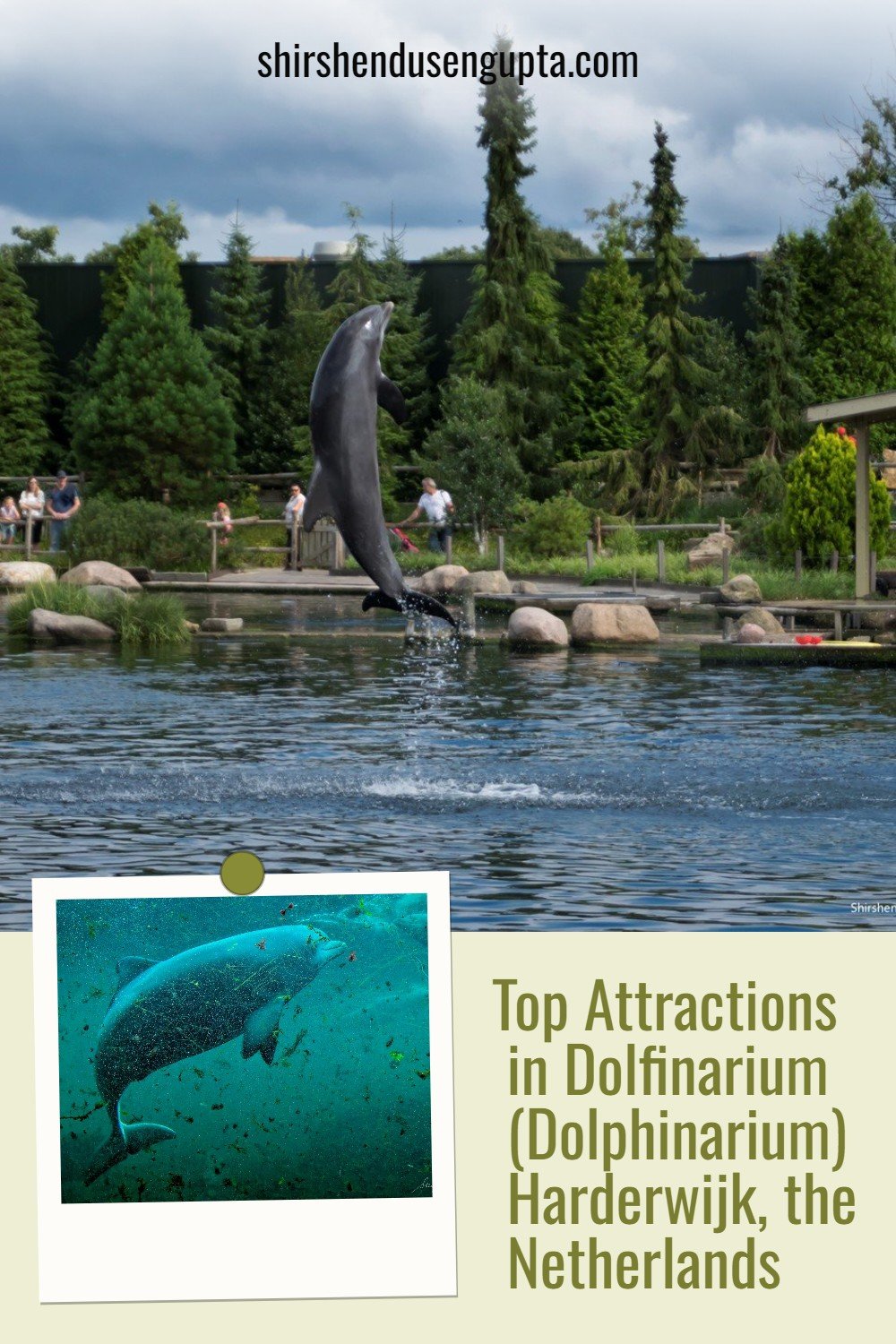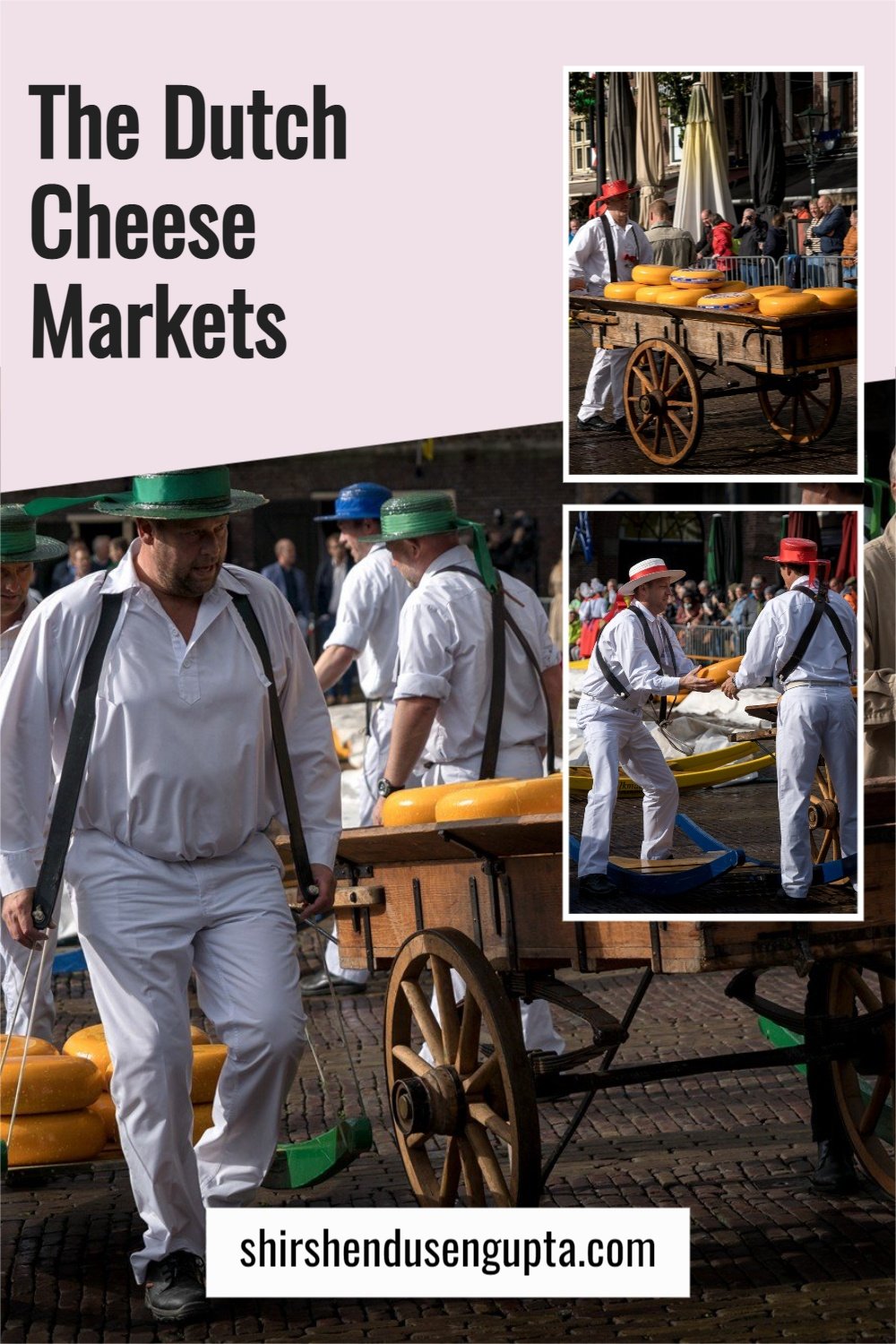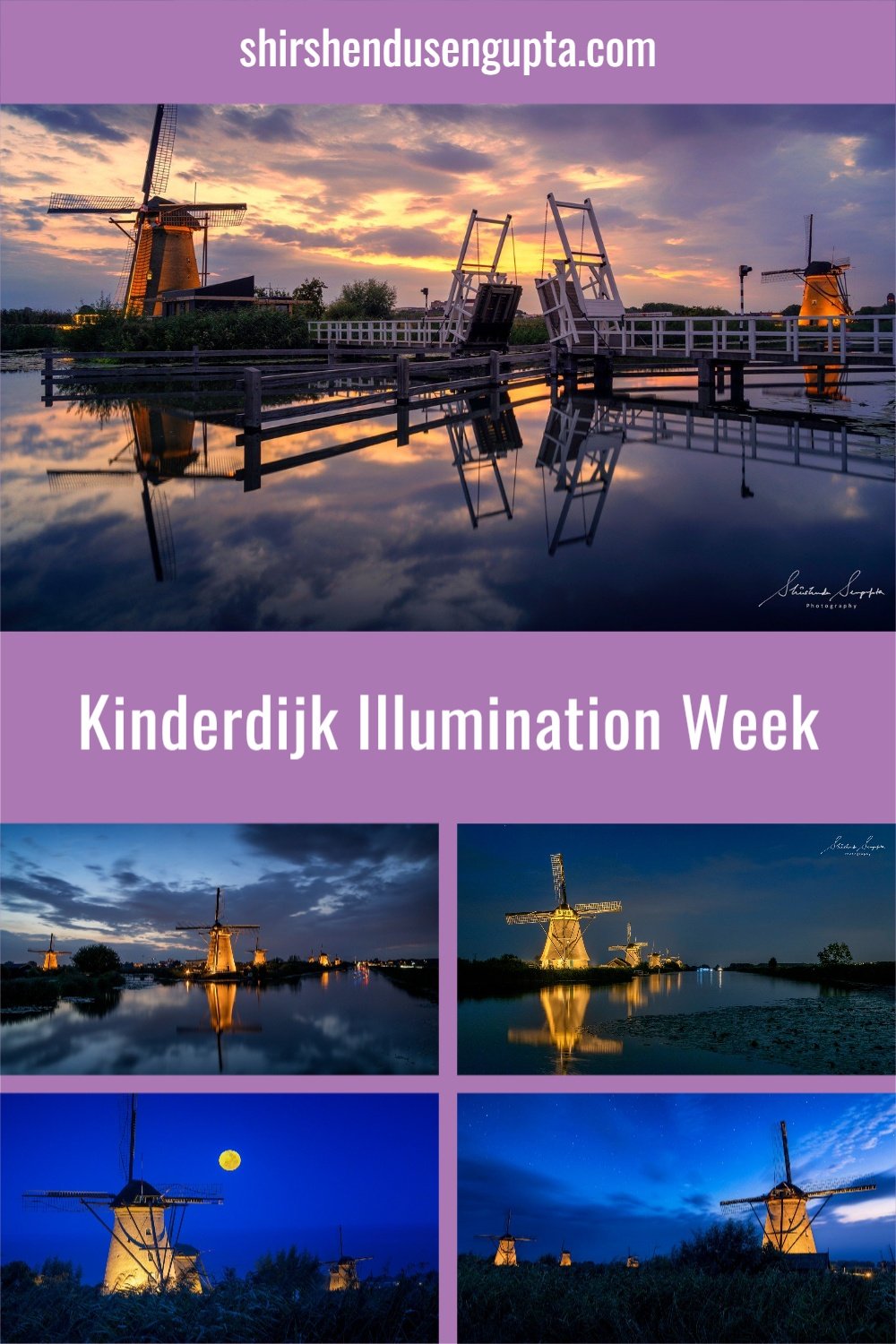Remembering the Fallen | 3 Historic World War II Memorials and Cemeteries in the Netherlands
Remembering the Fallen
As World War II spread across Europe, the German army invaded the Netherlands on May 10, 1940, despite its attempts to remain neutral. The Netherlands was soon under German control. This began a five-year occupation during which the Dutch people's lives got worse. By the end of the war, over three-quarters of the Netherlands' Jewish population had been deported to concentration and extermination camps, in addition to being repressed, pushed from their homes, malnourished, and forced to work in factories by the Nazis.
During the World War II endgame period of 1944 - 45, significant battles erupted in the Netherlands as the Allies pushed through from the country's south and finally succeeded in liberating the Netherlands from German control. Thousands of troops from the Netherlands and from other countries were martyred. The Netherlands has around 3,900 World War II memorials and cemeteries, the biggest absolute number, and density in Europe. Today I’m going to talk about the 3 most historic World War II memorials in the Netherlands.
A Brief History of World War II in the Netherlands
War starts in Europe but the Netherlands stays neutral
The German army invaded Poland on September 1, 1939. Two days later, Poland's allies, England and France, declared war on Germany. Neutrality was the guiding principle of Dutch foreign policy in 1940, as it had been for a century. The Netherlands had avoided foreign conflicts and would only intervene if it was attacked. During World War I, the technique worked well. The Netherlands remained neutral during the war, and the country was spared. As a result, the Dutch government avoided taking an official stance on the situation in Nazi Germany during World War II.
Germany plans attack on the Netherlands and Belgium
The strike on the Netherlands was part of a bigger attack plan known as Fall Gelb. The Germans' goal was to conquer France. They intended to cross through the Netherlands and Belgium to avoid the French defense barrier on the eastern border. They would also prevent England from establishing a base of operations on the European mainland if they occupied the Netherlands. Germany intended to conquer Belgium, the Netherlands, and Luxembourg by attacking them with a surprise invasion known as the Blitzkrieg. The Germans employed espionage to find the Dutch defense's weak spots they can infiltrate. Some German officers pretended to be tourists in order to map out the area, and they acquired intelligence from Germans living in the Netherlands.
Germany attacks the Netherlands
On the morning of May 10, 1940, the Dutch observed German Luftwaffe bombers flying in the direction of the North Sea. They were under the impression that they were on their way to England. However, the bombers flew back to strike the Netherlands after making a sudden 180-degree turn over the water. The Netherlands was under attack. In order to sway public opinion, Hitler used a lie to justify the attack. He said that England and France planned to strike Germany's Ruhr region through the Netherlands and Belgium.
The Germans advance through the Netherlands as the Queen flees
Around The Hague, bombers hit military airfields and barracks. German planes dropped paratroopers, hoping to gain a swift triumph by kidnapping Queen Wilhelmina and her ministers. Due to the intense opposition of the Dutch forces and German mistakes, the plot was thwarted. In the south, German armies attacked the Netherlands. Dutch forces detonated bombs on bridges to stymie the German advance. To take the strategically crucial Gennep railway bridge, the German soldiers adopted a trick: they disguised themselves as Dutch soldiers and defeated them.
The Cabinet decided that Queen Wilhelmina should leave as the Germans advanced. Her life was on the line. She initially refused to leave, but she was forced to when the situation became untenable. She was transported to England on a warship, where she was welcomed by the British King. Some chastised the Queen for fleeing, labeling her a coward. During the occupation, however, the Queen became a powerful symbol of resistance to Nazi Germany. Queen Wilhelmina made every effort from England to support the occupied Netherlands and often addressed the Dutch people over Radio Oranje.
The bombing of Rotterdam and surrender of the Netherlands
On May 14, 1940, German general Schmidt issued an ultimatum to the Dutch command. The city of Rotterdam will be bombarded unless it surrendered that afternoon. But the Luftwaffe's leader, Hermann Göring, intended to utilize terror bombing to drive the country to submit. The German aircraft loomed on the horizon even before the ultimatum had passed. They dropped their bombs in the heart of the city. 80,000 people had lost their homes and 600 to 900 people had died when the smoke cleared.
After that, the Germans threatened to bomb Utrecht as well. The Netherlands surrendered after realizing the situation was hopeless. On the 15th of May, General Winkelman signed the capitulation agreement in a school building in Rijsoord. The military and population of the Netherlands were devastated by the setback. At the same moment, many Dutch people were relieved that the tension had lessened.
Holocaust in the Netherlands
For the Jewish community, things were different. They were the ones who had the most to fear from the Nazis. Some of them had escaped Germany in the 1930s, and now the Nazis were catching up with them. Hundreds of Jews committed suicide in the months following the invasion.
The Germans formed a new administration on May 29, 1940, after the Netherlands surrendered, commanded by Reich Commissioner Arthur Seyss-Inquart, an Austrian Nazi. Seyss-Inquart was virulently anti-Semitic, and this included his most prominent colleagues, such as Fritz Schmidt and Hanns Rauter. Every month, they started introducing new laws and regulations targeting Jews. They were increasingly pushed into social seclusion and had their belongings taken away from them.
In 1941, the Nazis began deporting Dutch Jews to the Mauthausen-Gusen concentration camp, prohibiting them from attending public places and dismissing them from government positions. By 1942, Jews were being forced to wear Star of David badges on their clothing and were being deported in growing numbers to concentration camps. The Germans set up a transit camp at Westerbork in the Dutch province of Drenthe the same year. In addition concentration camps were erected in Vught and Amersfoort. One of the most terrible illustrations of the barbaric crimes done during this period was the forceful eviction of the Jewish psychiatric hospital Het Apeldoornse Bosch when hundreds of crippled and mentally ill Jews were transferred to Auschwitz-Birkenau. After the deportations began, organized resistance emerged, as did assistance to Jews attempting to hide or flee. However, betrayal was always a possibility, and the Nazis often paid monetary rewards for bringing information about Jews in hiding.
By the time the war ended in 1945, only around 38,000 of the 140,000 Jews who lived in the Netherlands had survived. In terms of percentages and absolute numbers, the Netherlands suffered the most as a result of the persecution of the Jews of the nations conquered by the Nazis in Western Europe.
Liberation of the Netherlands
On September 9, 1944, the first Allied troops entered the Netherlands on a reconnaissance patrol. The liberation of the Netherlands began on September 13, 1944, when the US 30th Infantry Division crossed the Dutch border at Maastricht from Belgium to free a small region of Limburg. On September 20, 1944, the Americans and British liberated Nijmegen during Operation Market Garden. Operation Plunder saw Allied Forces cross the Rhine at Wesel and Rees to fight the battles of Groningen and Otterlo and liberate the eastern and northern provinces. On May 5, 1945, German forces in the Netherlands finally surrendered at Wageningen.
3 Historic World War II Memorials in the Netherlands
1. Netherlands American Cemetery, Margraten (Limburg)
The Netherlands American Cemetery and Memorial located in Margraten in the southern province of Limburg, is the only American military cemetery in the Netherlands, where 8,301 American soldiers from the U.S. 30th Infantry Division are laid to rest. They were martyred while liberating this region from the Germans on 13th September 1944 which marked the beginning of the liberation of the Netherlands. Only once you step into this humbling memorial, you can truly realize the scale of monstrosity war brings. In a year of war to liberate the whole of Limburg, 8,301 U.S. soldiers had laid their lives, along with thousands more from the other countries within the Allied Forces.
The cemetery land was given to the United States on an indefinite loan by the Netherlands. In 1960, 15 years after the freedom, Queen Juliana officially inaugurated Margraten. The names of the deceased troops are etched on white marble crosses in the graves. Jewish troops are commemorated with Star of David memorials. The gold star on the crosses of the six soldiers who received a Medal of Honor can be found on their graves.
Since 1945, the Dutch locals bring flowers to the cemetery to honor the sacrifice of their liberators. On Remembrance Day, which is the Sunday before the last Monday in May, people remember those who died in World War II and earlier wars. On that day, a number of military and political luminaries meet here. The memorial is kept alive by the adoption of graves by the locals.
Visiting Netherlands American Cemetery
Address: Amerikaanse Begraafplaats 1, 6269 NA Margraten
Public Transport: Take the train to Maastricht and from there take bus #350 towards Aachen Centrum and get down at Margraten.
Car Parking: Free parking on site.
Opening Hours and Ticket Prices: For information on the ticket prices and opening hours, please visit their website mentioned below.
Website: abmc.gov/Netherlands
2. Waal Crossing Memorial and Oversteek Bridge, Nijmegen (Gelderland)
After taking Brussels in early September 1944, the Allies called a halt to their offensive. This was the pivotal moment when British Field Marshal Bernard Montgomery presented the Supreme Allied Commander, American General Dwight D. Eisenhower, with his daring Operation Market Garden plan. If Allied Forces could seize a number of bridges spanning the major Dutch rivers, they would be able to bypass the Siegfried defensive line and strike at the heart of the German war machine: the Ruhr region.
On September 17, 1944, Operation Market Garden began. Operation Market, an airborne assault, and Operation Garden, a land assault, made up the two-pronged strategy. The British XXX Corps ground forces had only three days to march from the Belgian border to Arnhem. The American 101st and 82nd Airborne Divisions, as well as the British 1st Airborne Division, would have to capture the bridges along the road in order for the plan to work. One of the main goals of Operation Market Garden was to take control of the two Waal bridges in Nijmegen. On September 17, 1944, American paratroopers from the 82nd Airborne Division landed near Groesbeek under the command of General James Gavin. The Allies took control of the landing zones and quickly advanced to the city's outskirts. The German 10th SS Armored Division met them there with heavy resistance, stopping their progress and preventing access to the bridges from the south.
In a last-ditch effort to sustain attack speed, a plan was devised to cross the river in canvas boats and attack the bridge from both the south and the north. On 20 September 1944, American paratroopers crossed the Waal river in Nijmegen in 26 small boats rowing with rifle butts in the absence of proper oars to recapture the two bridges over the Waal river in Nijmegen. A fierce 4-hour battle resulted in recapturing of the two bridges by the paratroopers, thereby leading to the liberation of Nijmegen with half of the 260 US soldiers injured or martyred. Operation Market Garden, came to be known as one of the largest airborne operations in history.
Forty years later, the 'Waal Memorial' was erected to honor the soldiers who fell during the Waal crossing. In 2013 the ‘Oversteek’ (meaning ‘The Crossing’) bridge over the Waal was inaugurated by the last enduring veterans of the attack, and Mrs. Barbara Gavin, the oldest child of General James Gavin, the 'liberator' of Nijmegen to immortalize Nijmegen's brave crossing in 1944.
Visiting Waal Crossing Memorial
Address: Oosterhoutsedijk 90, 6663 KV Nijmegen
Public Transport: Take the Intercity train to Arnhem Centraal and then board the Sprinter train towards Wijchen and get down at Nijmegen Lent station. From there walk for 15 minutes to reach the Waal Crossing Memorial.
Car Parking: Few free parking spots on site.
Opening Hours and Ticket Prices: Always open. Free entrance.
3. National Holocaust Names Monument, Amsterdam (Noord-Holland)
Between 1933 and 1945, the Nazis murdered an estimated 6 million Jews and hundreds of thousands of Sinti and Roma across Europe. 102,000 of the 140,000 Jews who lived in the Netherlands did not survive the war. Not all Jews were killed in the gas chambers of the concentration camps of Auschwitz-Birkenau, Treblinka, Belzec, Majdanek, Chelmno, and Sobibor. Many died as a consequence of sickness, famine, weariness, slave labor, or as a result of mass executions.
The National Holocaust Memorial of Names, located on Weesperstraat street near the Jewish Cultural Quarter of Amsterdam, was designed by Polish-American architect Daniel Libeskind's studio in collaboration with local studio Rijnboutt to honor the 102,000 Dutch Holocaust victims. The victims, most of whom were Jews, Sinti, and Roma, were murdered by the Nazis during WWII and have no known graves. More than 75 years after World War II, the National Holocaust Memorial of Names, which is the first memorial to honor and memorialize these victims, was unveiled on September 19, 2021, by the Dutch Auschwitz Committee and the King of the Netherlands.
The memorial walls are made up of 102,000 bricks with the names of the dead engraved on them organized in a series of two-meter-high walls that are topped by four mirrored stainless steel volumes. The placement of the brick walls by Studio Libeskind creates a dynamic labyrinth of pathways for visitors to explore. Studio Libeskind created the mirrored volumes to resemble four Hebrew letters that, when viewed together from above, form a word that translates as “in memory of,” giving the project its name. Along with these bricks, 1,000 more were left blank to honor those who are still unknown.
Visiting National Holocaust Names Monument
Address: National Holocaust Names Monument, 1018 DN Amsterdam
Public Transport: Take the train to Amsterdam Centraal and from there take metro #51 towards Lelylaan and get down at Waterlooplein. From there walk to the monument.
Car Parking: No parking on site. You need to search for street parking which can be very challenging in Amsterdam. So it is better to arrive by public transport or leave the car at one of the nearest parking garages mentioned below and walk to the monument.
Q-Park Waterlooplein, Valkenburgerstraat 238, 1011 ND Amsterdam
Q-Park Stopera, Waterlooplein 28, 1011 PG Amsterdam
Opening Hours and Ticket Prices: Entrance is free. For information on opening hours, please visit their website mentioned below.
Website: holocaustnamenmonument.nl
4. Other War Memorial and Cemeteries in the Netherlands
In the Netherlands, there are about 9,000 American, Australian, Belgian, British, Canadian, Dutch, French, Georgian, German, Polish, and Russian war graves. If you want to visit all of them, you can find the complete list of war graves in the Netherlands in the link below.
military-history.fandom.com/wiki/World_War_II_memorials_and_cemeteries_in_the_Netherlands
Epilogue
So those were the 3 historic World War II Memorials in the Netherlands. Please let us know in the comments below if you found this article helpful. I sincerely hope that we all learn from our past mistakes and put out the fire at the first spark as soon as we see the early signs of history repeating itself. Thank you for reading and have a nice day!
Pin the article
Bookmark the article for reading later!
Want to license/buy photos in the article?
License photos for commercial/editorial use or buy photo prints!
Want us to write an article for you?
Articles for magazines, newspapers, and websites!
Watch our Videos
Check out our videos on our Youtube Channel!
Join the Newsletter
Get updates on our latest articles!
We respect your privacy. Read our policy here.




